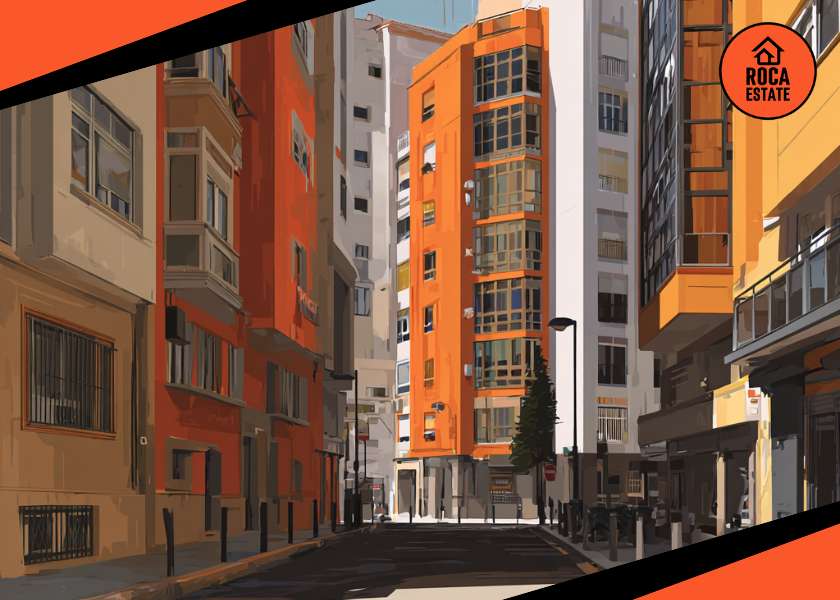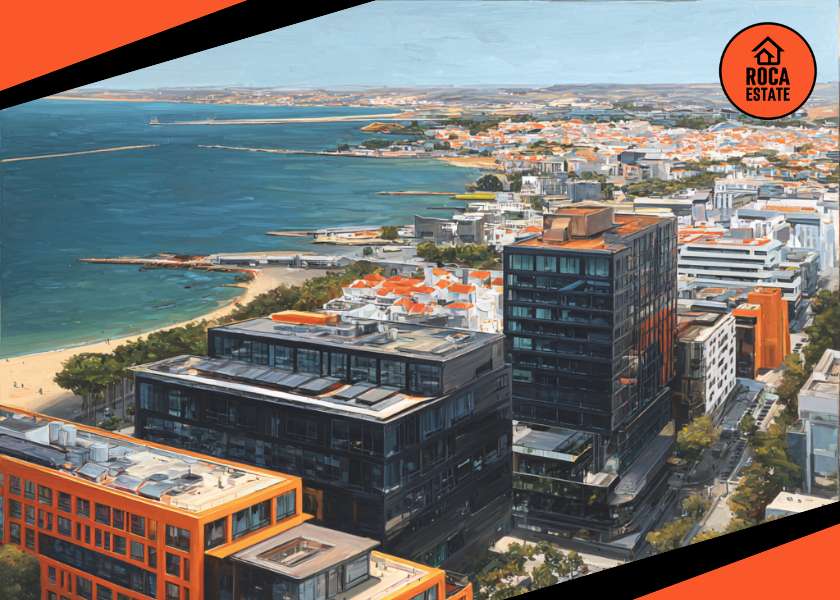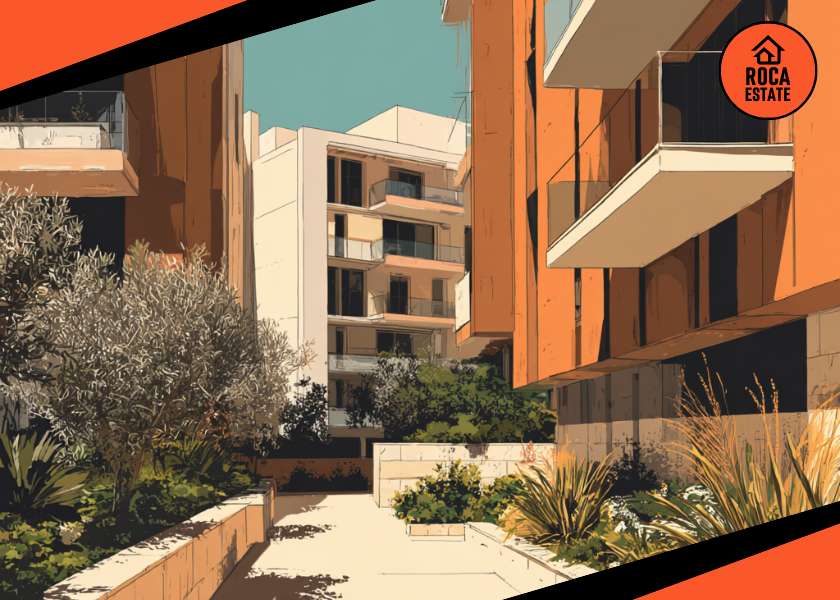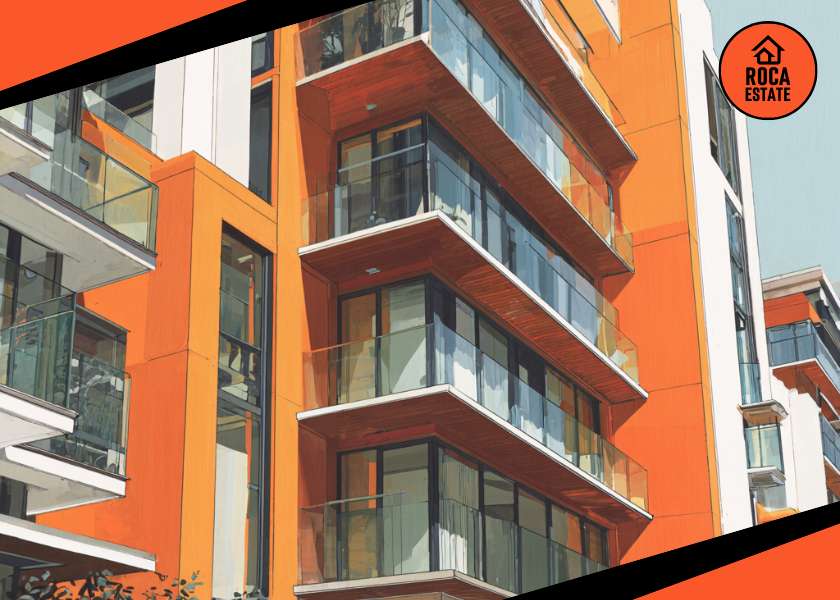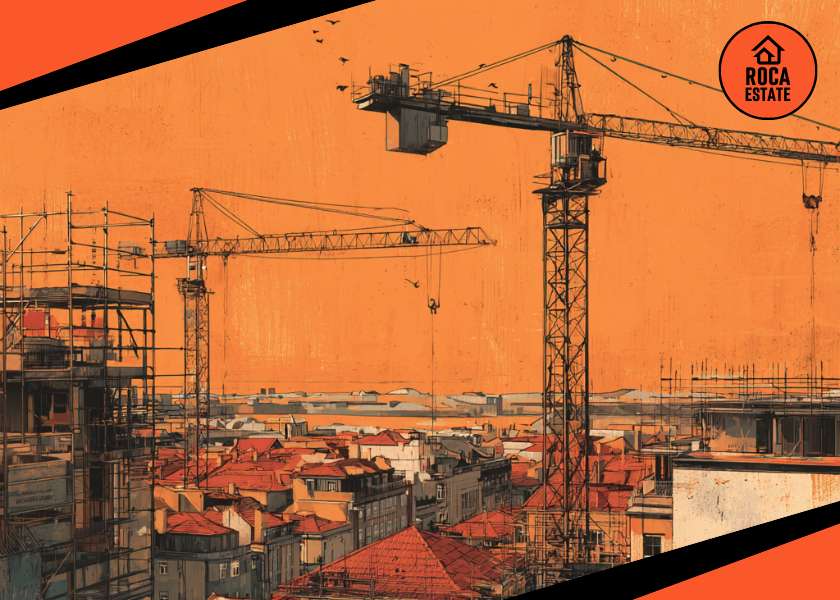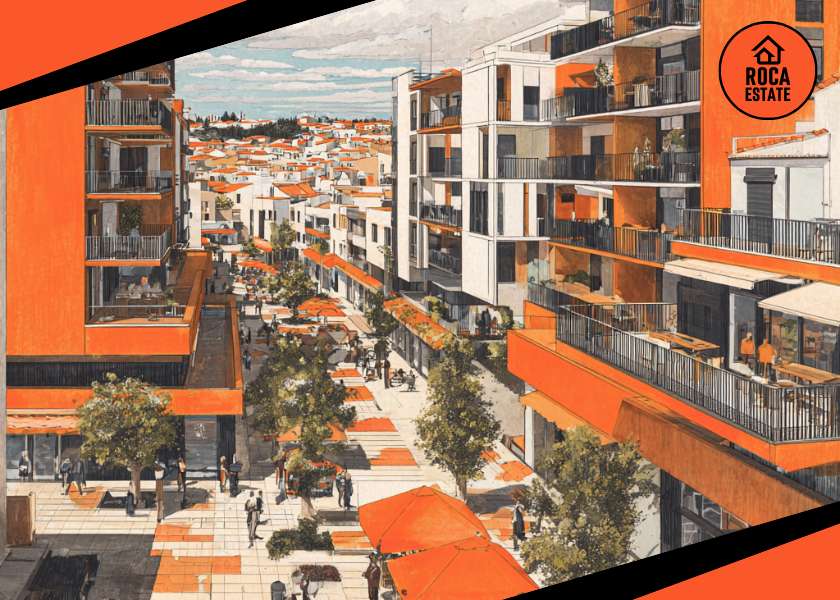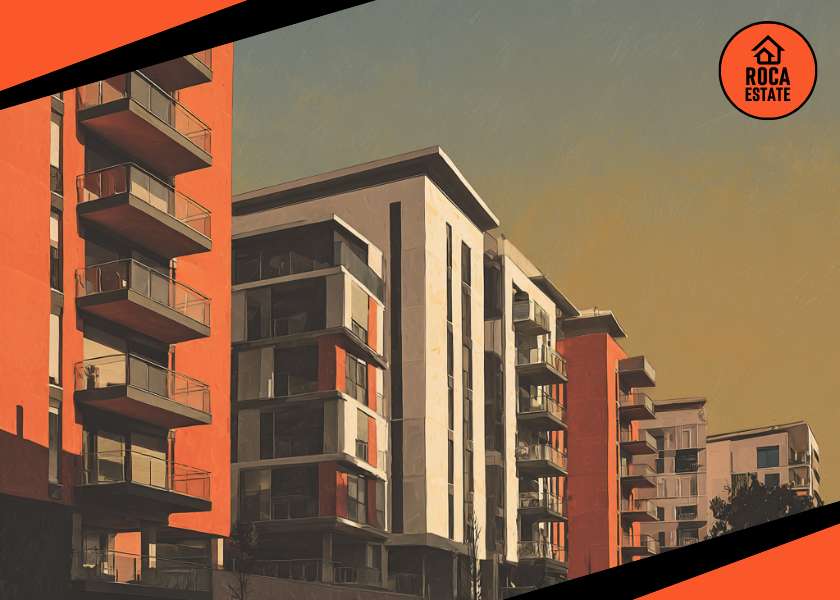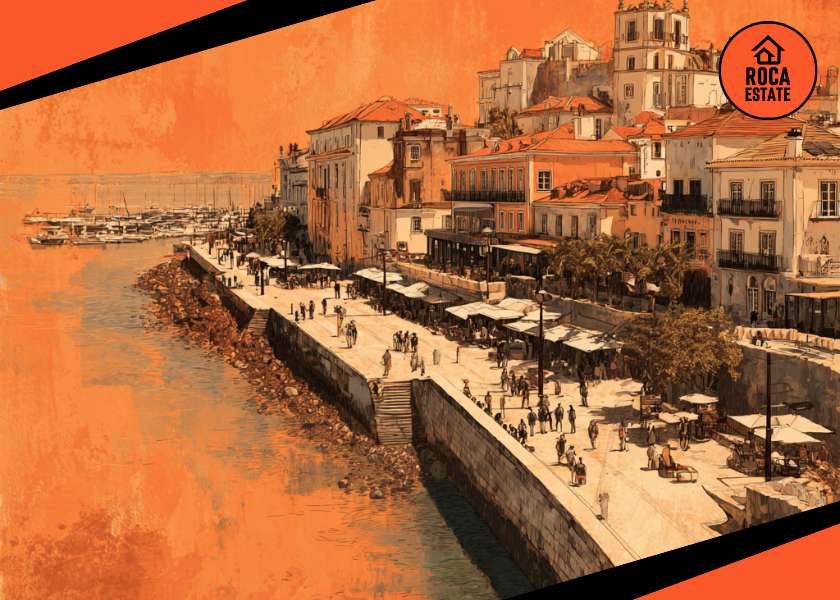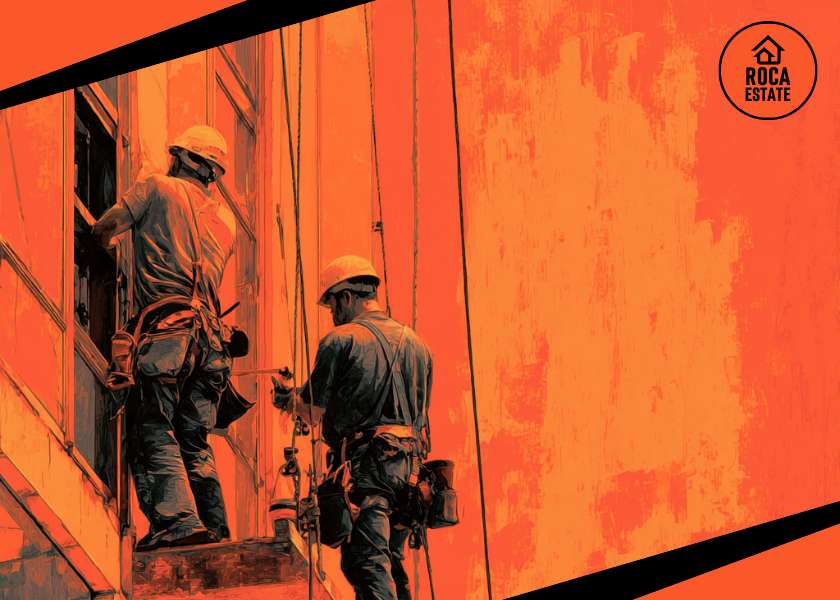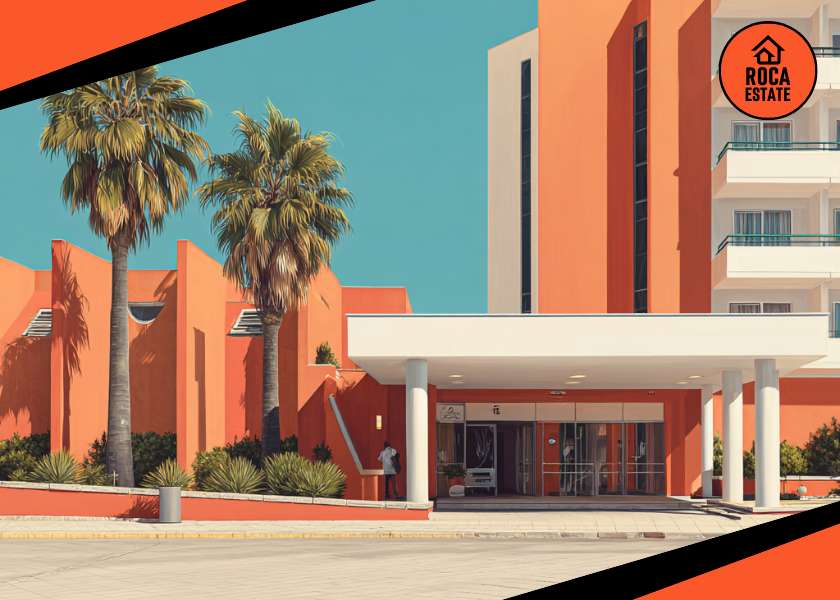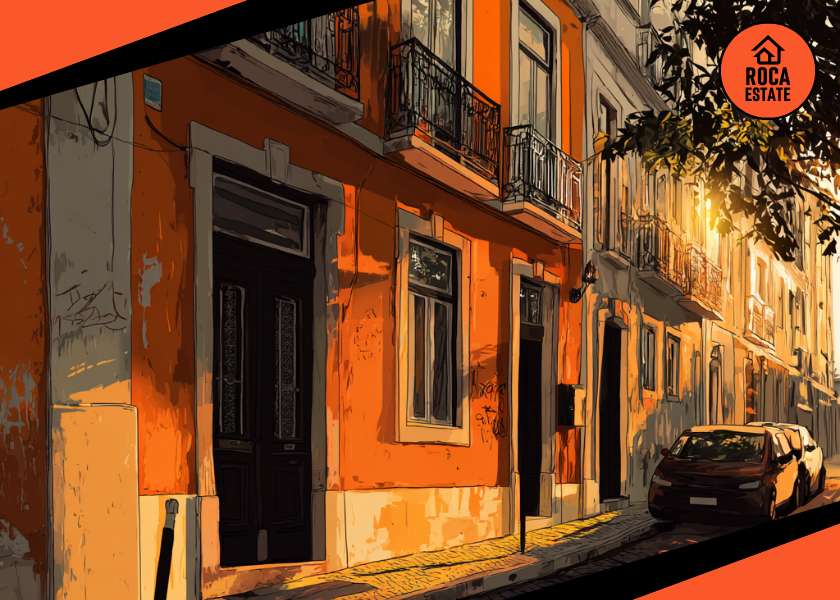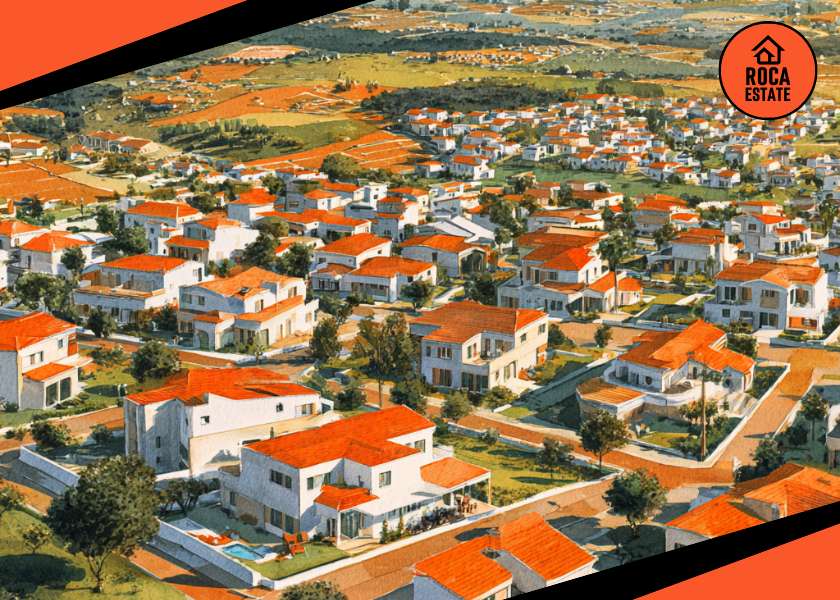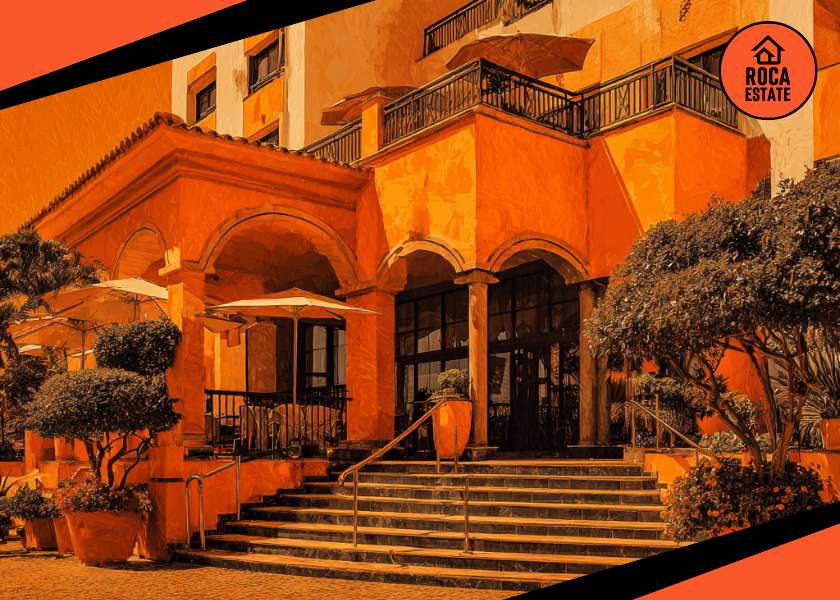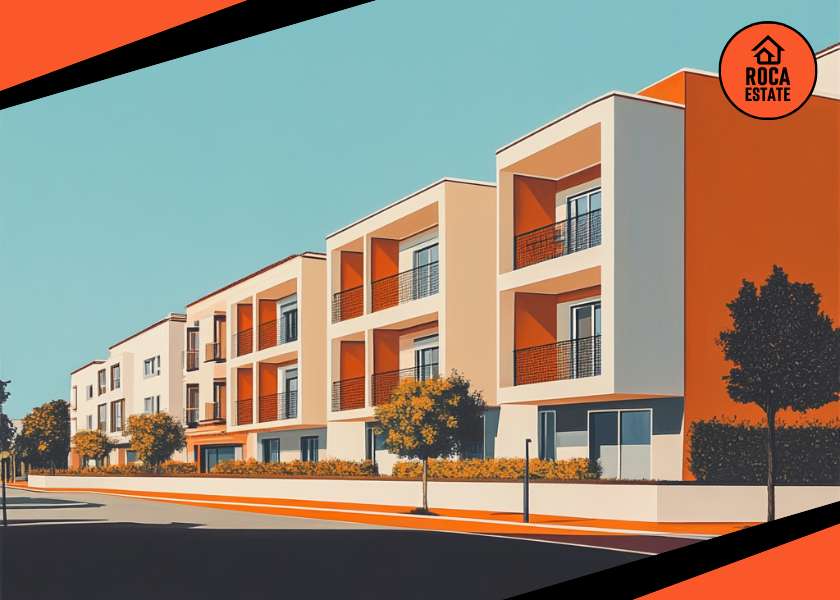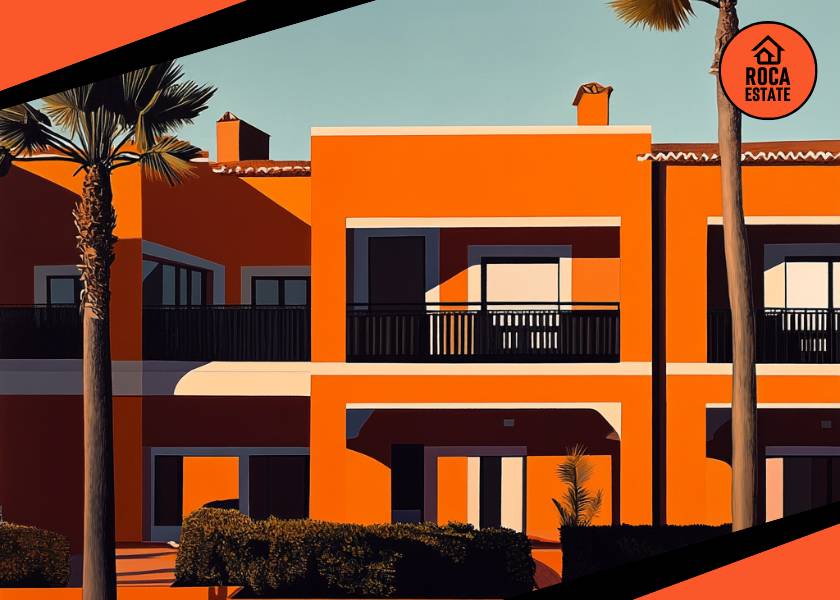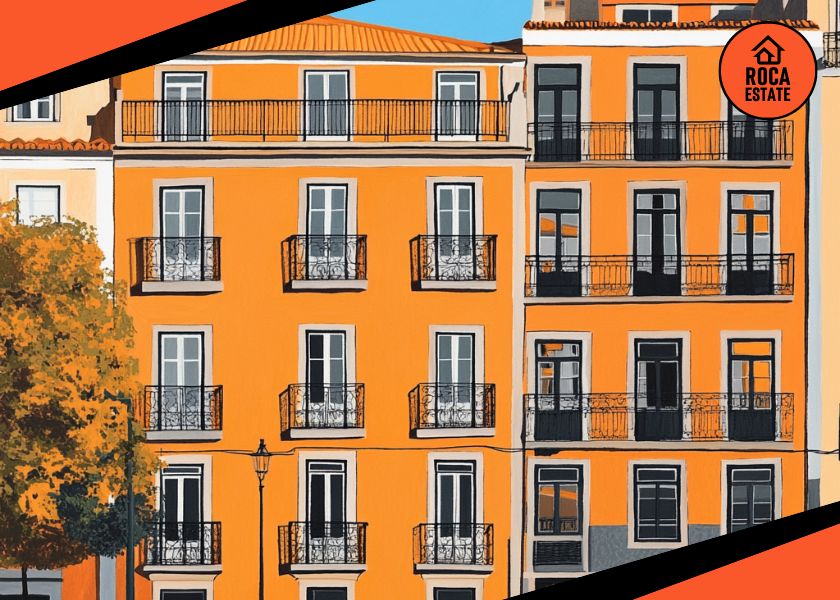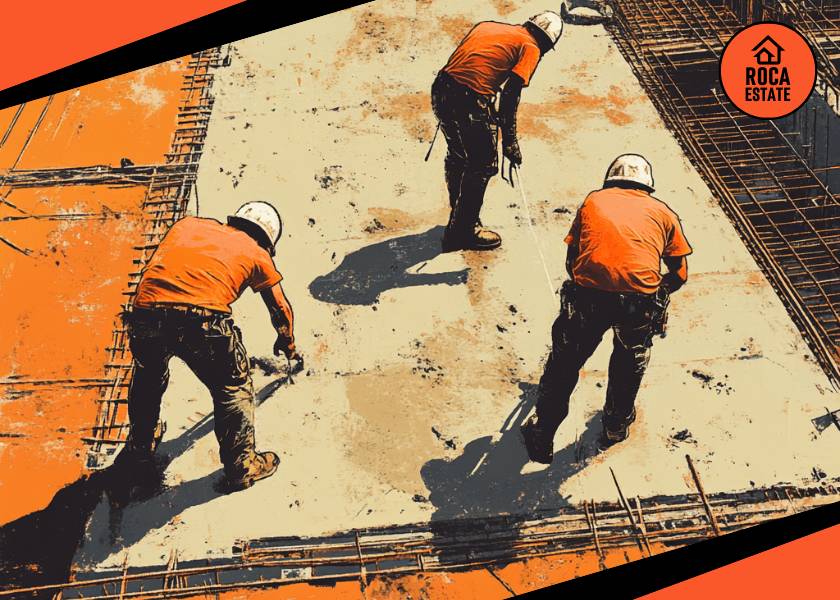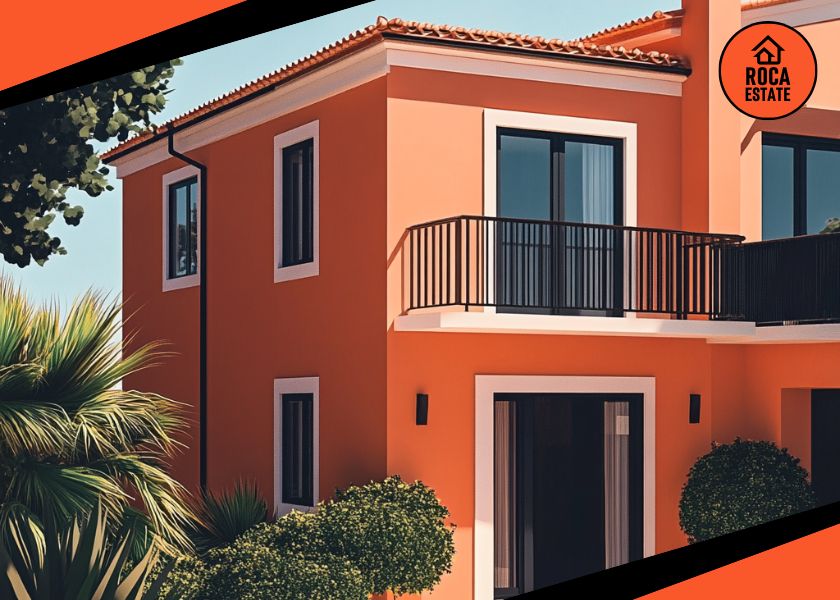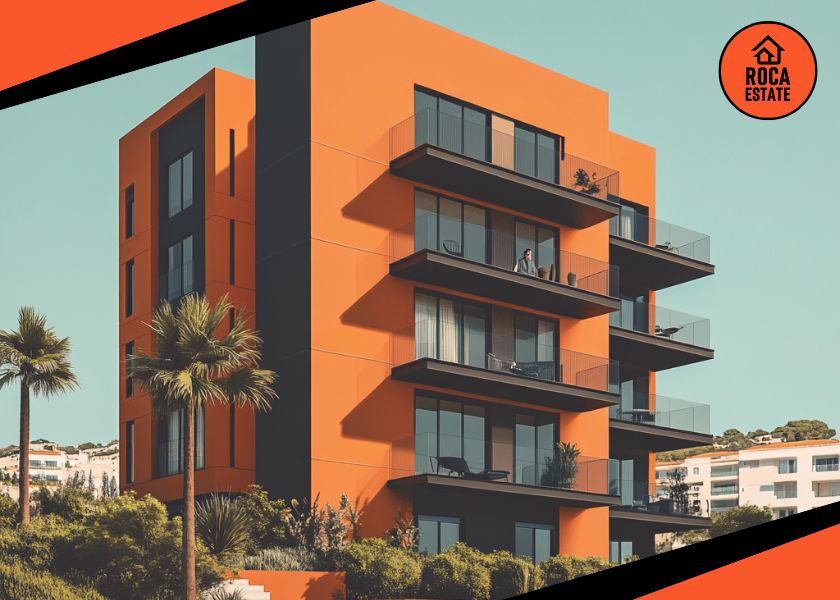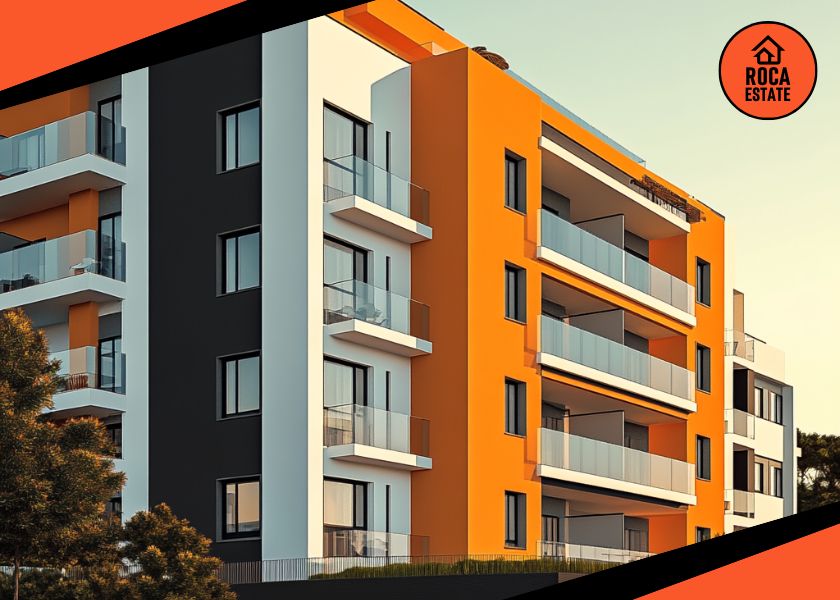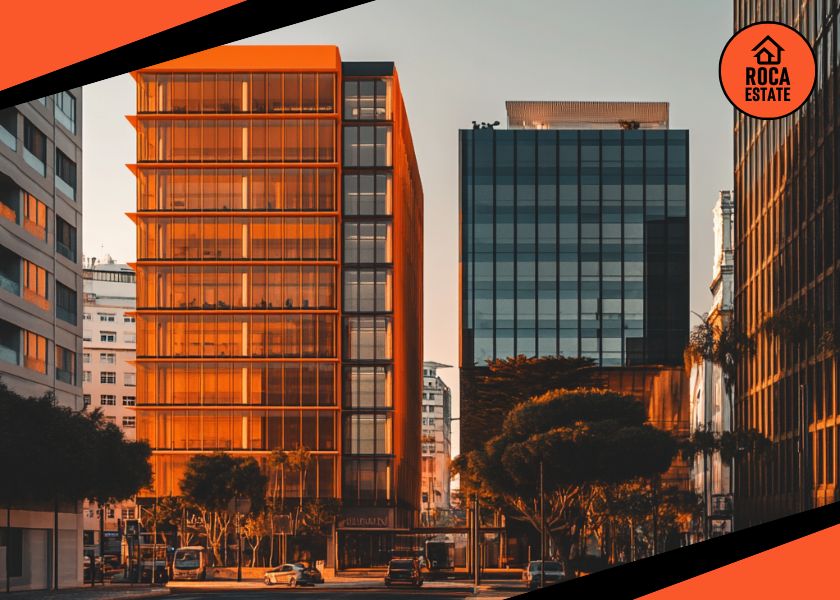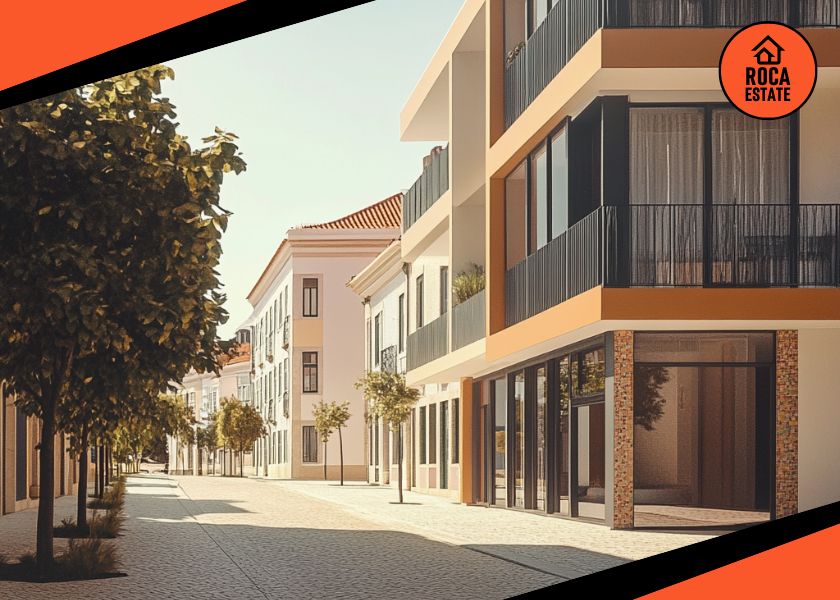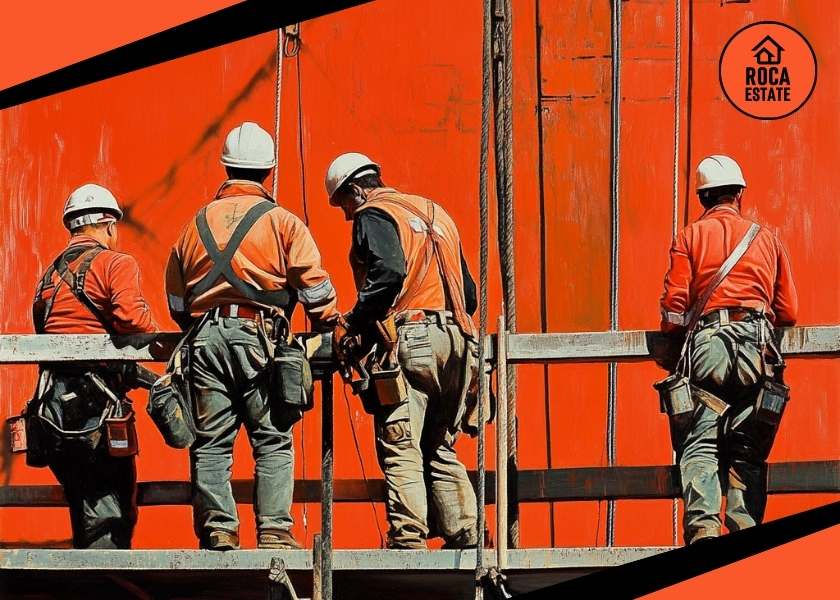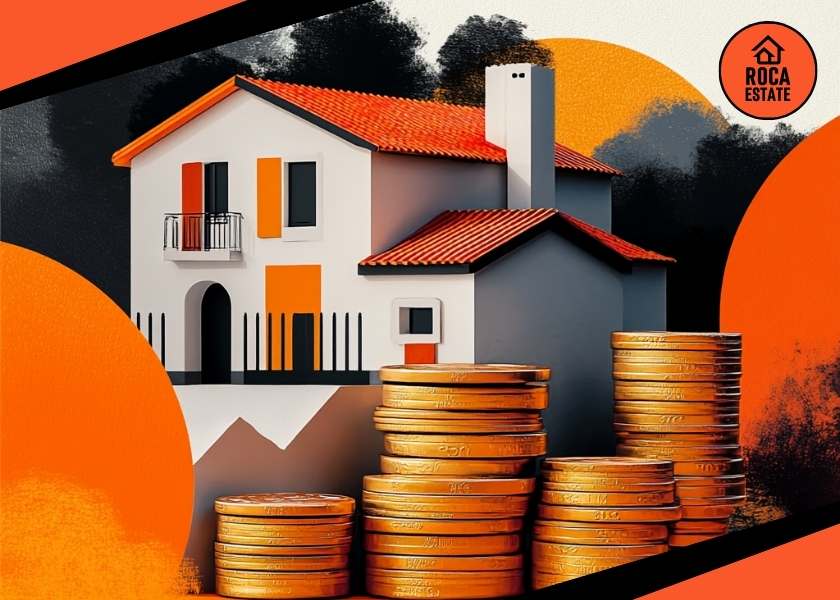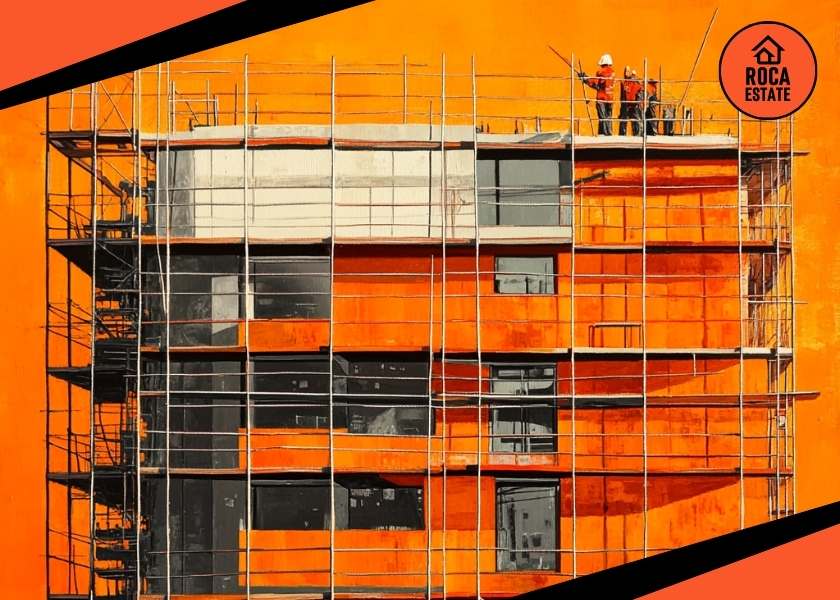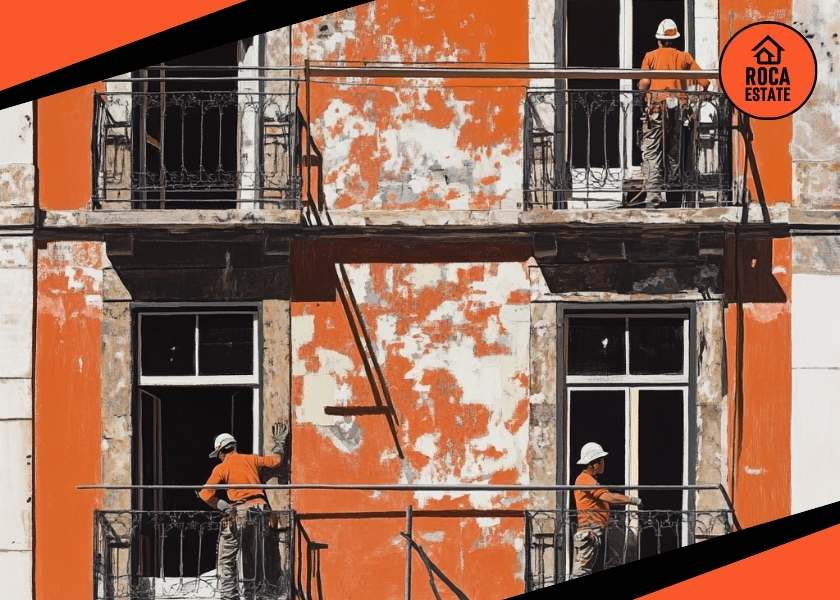Portugal Real Estate Investment continues to show strong momentum, supported by rising housing prices and expanding transaction volumes. According to the latest data from INE (Instituto Nacional de Estatística), national housing prices climbed 19% year-on-year in Q2 2025, reaching a median of €2,065 per square meter — the fastest pace of growth since 2019.
For investors looking to invest in property in Portugal, these figures confirm that the market remains both dynamic and resilient. Increased demand in Lisbon and Porto, combined with rising activity in secondary cities, signals renewed confidence in the sector. The data also suggests that housing trends are influencing broader real estate performance, providing valuable insights for commercial and institutional investment strategies across Portugal.
Market Momentum and Regional Divergence
Residential prices climbed across all 26 NUTS III subregions, with standout performance in Baixo Alentejo (+38.7%), Grande Lisboa (+21.5%), and Península de Setúbal (+22.6%).
- Lisbon remains the country’s most expensive market at €4,865/m², up 4.2 p.p. from the previous quarter.
- Porto follows at €3,309/m², with a similar 4.9 p.p. increase.
- Vila Nova de Gaia, Coimbra, and Amadora recorded the strongest accelerations.
For professionals focused on Portugal Real Estate Investment, this regional divergence signals where new opportunities may emerge. As Lisbon and Porto reach maturity, secondary cities are becoming more appealing for value-add projects and mixed-use developments.
Foreign Capital Continues to Shape the Market
Foreign investment remains a defining force behind Portugal Real Estate Investment growth. Transactions involving foreign buyers reached a median of €2,750/m², while domestic buyers averaged €2,042/m² — a 34.7% premium.
- In Lisbon, foreign investors paid 61.9% more per square meter than national buyers.
- In Porto, the gap stood at 29%.
This sustained premium highlights the deep integration of Portugal into global real estate capital flows. However, it also underscores potential vulnerabilities — particularly to interest rate shifts and policy measures aimed at managing foreign demand and affordability pressures.
Transaction Volume Strengthens Confidence
In Q2 2025, 25 of 26 subregions posted higher transaction volumes, led by Douro (+31.8%) and Ave (+31.2%). Only Madeira saw a minor decline (-8.8%).
Greater Lisbon and Greater Porto together represented over 35% of all transactions, reinforcing their dominance as national hubs for real estate activity.
For investors, this liquidity confirms sustained depth in the market — a key signal for both residential and commercial strategies under the broader Portugal Real Estate Investment umbrella.
Twelve-Month Trends: Consolidation and Structural Imbalance
Across the 12 months ending June 2025, the national median price stood at €1,923/m², up 15.8% year-over-year. Lisbon (€3,165/m²) and the Algarve (€2,922/m²) continue to outperform, while pricing gaps between municipalities have widened to more than €2,000/m².
Premium markets such as Lisboa, Cascais, Oeiras, and Loulé remain under strong upward pressure, driven by limited supply and robust investor appetite. These conditions are also affecting commercial and mixed-use pricing, as development costs and land values climb across urban Portugal.
Outlook for Portugal Real Estate Investment
The latest data presents a maturing yet dynamic investment environment. Price acceleration, foreign participation, and expanding regional activity all point to a market that remains attractive — but increasingly segmented.
Strategic themes to watch:
- Yield Compression: Core assets in Lisbon and Porto face tighter yields, driving capital toward suburban and emerging hubs.
- Foreign Capital Volatility: Global capital flows and interest rate cycles will shape premium asset pricing through 2026.
- Policy and Regulation: Government initiatives around housing affordability may indirectly influence investment returns.
- Regional Growth: Cities like Braga, Coimbra, and Setúbal show growing potential for diversified portfolios and redevelopment plays.
Conclusion: Positioning Strategically for 2026
The Q2 2025 data confirms the strength and resilience of Portugal Real Estate Investment, but also signals a shift toward selective, data-informed strategies.
Investors should maintain a disciplined focus on risk-adjusted returns, closely tracking foreign demand trends, financing conditions, and regional absorption rates.
As Portugal’s property market heads into 2026, success will depend on balancing agility and foresight — capturing upside in emerging markets while managing exposure in overheated segments. The fundamentals remain solid, but the smartest capital will be guided by precision, not momentum.
Looking to invest in property in Portugal with confidence and data-backed insight? Roca Estate helps investors identify high-performing assets, evaluate opportunities across Lisbon, Porto, and regional markets, and execute strategies that align with evolving market trends.

